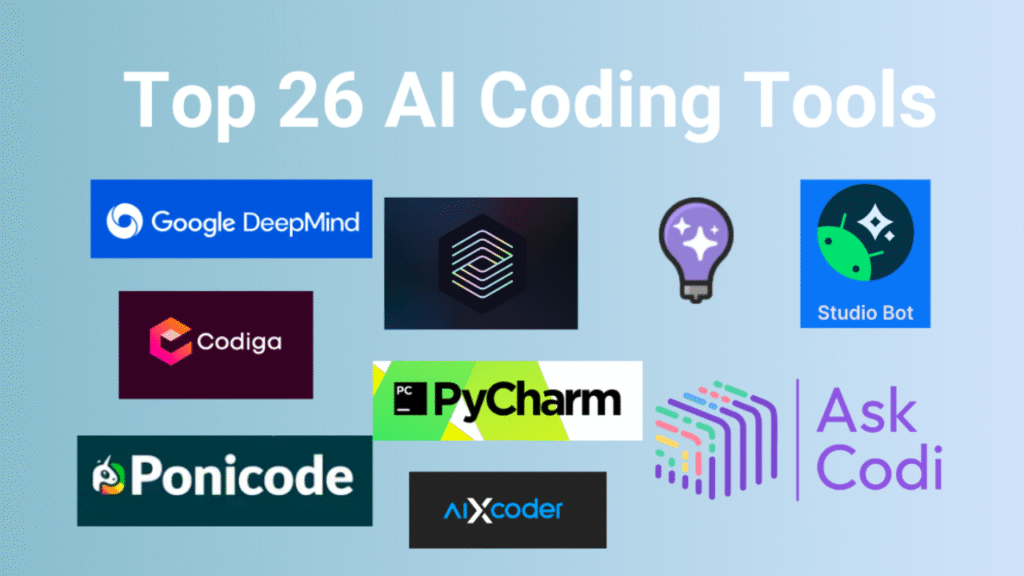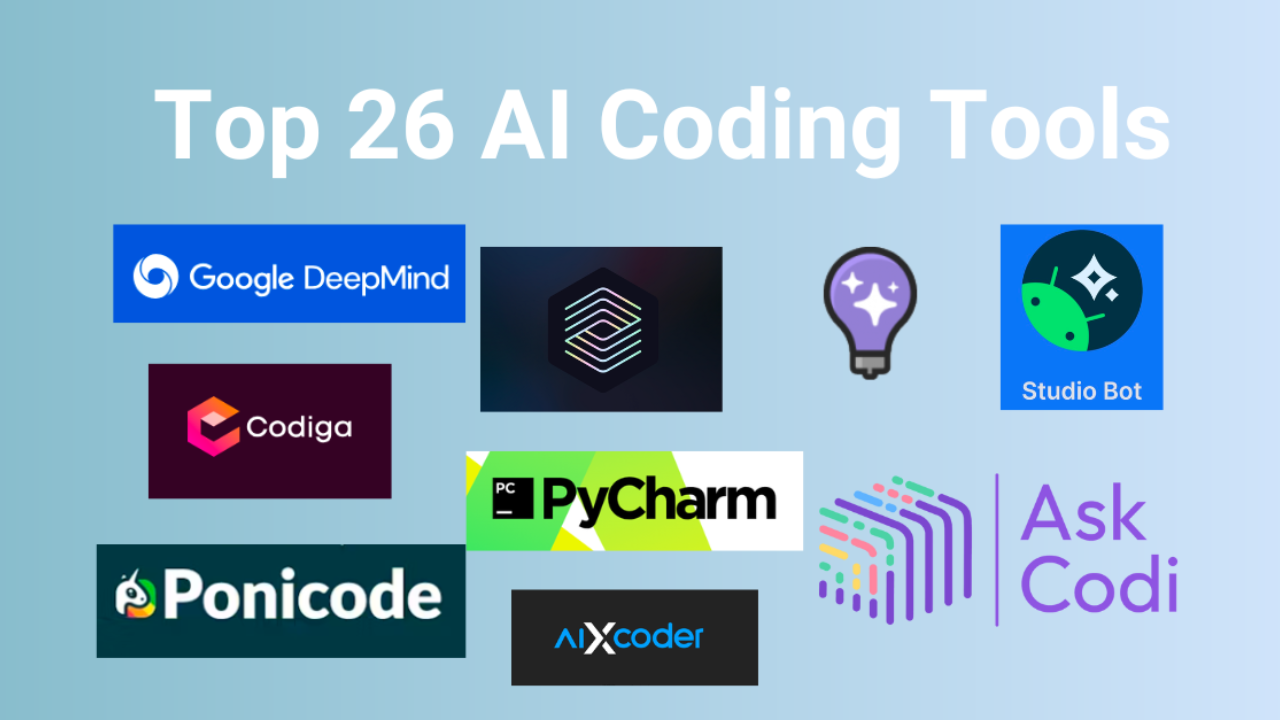
In the fast-paced world of software development, testing and debugging are no longer just manual tasks. With the rise of AI, these processes have become smarter, faster, and more proactive. Intelligent testing and debugging tools are transforming how developers identify, isolate, and fix issues—minimizing downtime and maximizing software quality.
From predictive bug detection to autonomous test generation, AI is enabling a new generation of tools that not only find errors but often prevent them before they happen. Here’s how AI is reshaping the landscape of software reliability and developer productivity.
What Are Intelligent Testing and Debugging Tools?
Intelligent testing and debugging tools are software systems enhanced with artificial intelligence and machine learning that assist in the identification, reproduction, and correction of code issues. Unlike traditional tools, these systems:
- Learn from past bugs and fixes
- Predict potential failures based on code patterns
- Suggest resolutions
- Automate repetitive testing workflows
- Adapt test cases dynamically as code evolves
These tools reduce the developer’s cognitive load, allowing more time for innovation and less time spent chasing bugs.
Key Functions of AI-Powered Testing and Debugging Tools
- Automated Test Case Generation
- AI analyzes the codebase to auto-generate unit, integration, and regression test cases.
- Bug Prediction and Prevention
- Uses historical data and patterns to flag high-risk code areas.
- Root Cause Analysis
- AI tracks logs, stack traces, and previous bug fixes to suggest probable causes.
- Code Anomaly Detection
- Identifies unusual code behavior or structure that may lead to defects.
- Visual Test Analysis
- AI-powered tools detect visual inconsistencies in UI or layout across devices/browsers.
- Natural Language Debugging
- Developers can describe an issue in plain English and receive AI-assisted diagnostics.
Examples of Leading AI Tools in This Space
| Tool Name | Functionality | AI Capabilities |
|---|---|---|
| GitHub Copilot | Code suggestions, bug fixes | Trained on billions of code snippets |
| Testim | Smart test creation & maintenance | Uses ML to stabilize UI tests |
| DeepCode | Code review and issue flagging | AI trained on millions of commits |
| Snyk | Security vulnerability detection | AI models detect and patch security flaws |
| Bugbear AI | Real-time bug detection and tracing | Learns patterns from previous issues |
| Applitools Eyes | Visual regression testing | Computer vision to catch UI inconsistencies |
Benefits of AI in Testing and Debugging
- Speed: Accelerates both testing cycles and bug resolution dramatically.
- Accuracy: Reduces false positives and finds subtle, non-obvious errors.
- Cost-Effective: Cuts down on manual QA and rework hours.
- Proactive Fixing: Prevents bugs from reaching production.
- Continuous Learning: Adapts and improves through feedback and new codebases.
Use Cases Across the Development Lifecycle
- Early-Stage Development
- Catch bugs as code is written using AI-powered IDE extensions.
- CI/CD Pipelines
- Inject intelligent testing into build processes for continuous feedback.
- UI/UX Testing
- Use AI vision to validate design consistency across platforms.
- Security Audits
- AI scans for vulnerabilities and recommends secure coding practices.
- Production Monitoring
- Real-time anomaly detection post-deployment for rapid response.
AI Debugging vs Traditional Debugging
| Feature | Traditional Debugging | AI-Driven Debugging |
|---|---|---|
| Manual Inspection | Required | Reduced or automated |
| Bug Pattern Recognition | Experience-based | Learned from global datasets |
| Root Cause Identification | Time-consuming | Instant AI suggestions |
| Continuous Feedback | Minimal | Continuous and adaptive |
| Natural Language Support | Absent | Enabled in some tools |
| Error Prediction | Reactive | Proactive |
Challenges of AI in Testing & Debugging
- False Positives/Negatives
AI models can still make mistakes without sufficient training data. - Integration Complexity
Adding AI tools into existing workflows can require changes in processes. - Overreliance
Developers may become too dependent and miss creative or edge-case scenarios. - Data Privacy
Some tools require access to proprietary code, raising security concerns. - Interpretability
Understanding how the AI reached a certain recommendation can be difficult.
Overview Table: Intelligent Debugging & Testing at a Glance
| Aspect | Description |
|---|---|
| Key Technologies | ML, NLP, Computer Vision, Pattern Recognition |
| Typical Tools | Copilot, DeepCode, Testim, Snyk, Applitools |
| Primary Benefits | Speed, accuracy, scalability, prevention |
| Main Use Cases | Code review, test automation, bug detection |
| Development Stage Impact | Useful from dev to post-deployment monitoring |
| Potential Risks | Privacy, bias, false predictions, integration challenges |
3 Best One-Line FAQs
Q1: Can AI really help fix bugs in my code?
Yes, AI can detect, trace, and even suggest fixes for bugs based on learned patterns.
Q2: Are AI debugging tools reliable?
They’re highly effective but best used as support—not a replacement—for human judgment.
Q3: Do these tools work with any programming language?
Most leading tools support multiple languages, though coverage may vary.
Final Thoughts
AI-powered testing and debugging tools are changing how developers ensure quality and reliability. They’re not just speeding things up—they’re predicting problems, personalizing testing, and making entire development lifecycles more intelligent. While not flawless, these tools are quickly becoming essential companions in the coder’s toolkit. In a world of fast releases and complex codebases, AI might just be the best debugger you’ve never hired.

